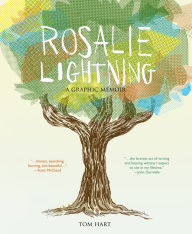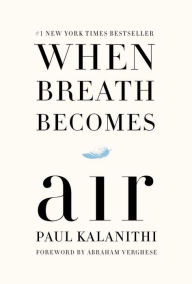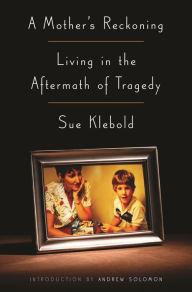Book Riot does this great feature called “Buy, Borrow, Bypass” and I like it, so I’m going to do that here.
A Mother’s Reckoning: Living in the Aftermath of Tragedy by Sue Klebold
Sue Klebold is best known as the mother of Columbine shooter Dylan Klebold – and she knows it. Although her memoir twists around April 20th, 1999 (both the Before and the After), it’s not really about Columbine or even Dylan. Instead, A Mother’s Reckoning is an open-ended exploration into all of the small and large decisions she made as Dylan’s parent and also all the ramifications of those decisions – both in 1999 and 2016. Each memory has the benefit of hindsight, but also Klebold’s many years working to prevent suicide and murder-suicides. I enjoyed the biographical sections and self-reflections more than the psychology and push for mental health awareness, and readers looking for a biography of either Dylan or Columbine should best look elsewhere.
Verdict: BORROW
 Rosalie Lightning by Tom Hart
Rosalie Lightning by Tom Hart
Honestly, I thought Rosalie Lightning was just okay. I wanted to like it, to come out of the 100ish pages that comprise Tom Hart’s graphic memoir after the death of his daughter Rosalie with some kind of reaction other than ¯\_(ツ)_/¯. Unfortunately, grief is too messy for that. It’s too abstract and it takes too many forms to be universally understood in any one medium. And perhaps I was looking at Rosalie Lightning as the tribute that it could have been, the celebration of a child’s brief life in color and abstract form. Instead, Hart uses drawing to climb out of the hole she left behind. And, in experiencing that grief with him, I felt that maybe I wasn’t supposed to be a part of the process at all.
Verdict: BYPASS
 When Breath Becomes Air by Paul Kalanithi
When Breath Becomes Air by Paul Kalanithi
This posthumous memoir is a gut puncher. You know that its author, Paul Kalanithi, ultimately died at thirty-six from metastasized stage IV lung cancer before you start reading. It’s there: in the small blurb on the back cover, in Kalanithi’s author bio, in Abraham Verghese’s forward, in every piece of publicity the book acquired since it was published in January. Kalanithi’s death permeates the text, hanging over our reading experience as it must have for Kalanithi himself. Except that, I don’t think he would want us to dwell. For Kalanithi, death was just another facet of life – a question to be answered, yes, but not something to be feared or avoided. He explains for us (and possibly his daughter) how and why he became a doctor, and it is in that meditative reflection in exacting prose that we are forced to confront our own fears and anxieties about death and the unlived life. Just reading his memoir makes me hope that I can accomplish in my lifetime what Kalanithi did in his.
Verdict: BUY



